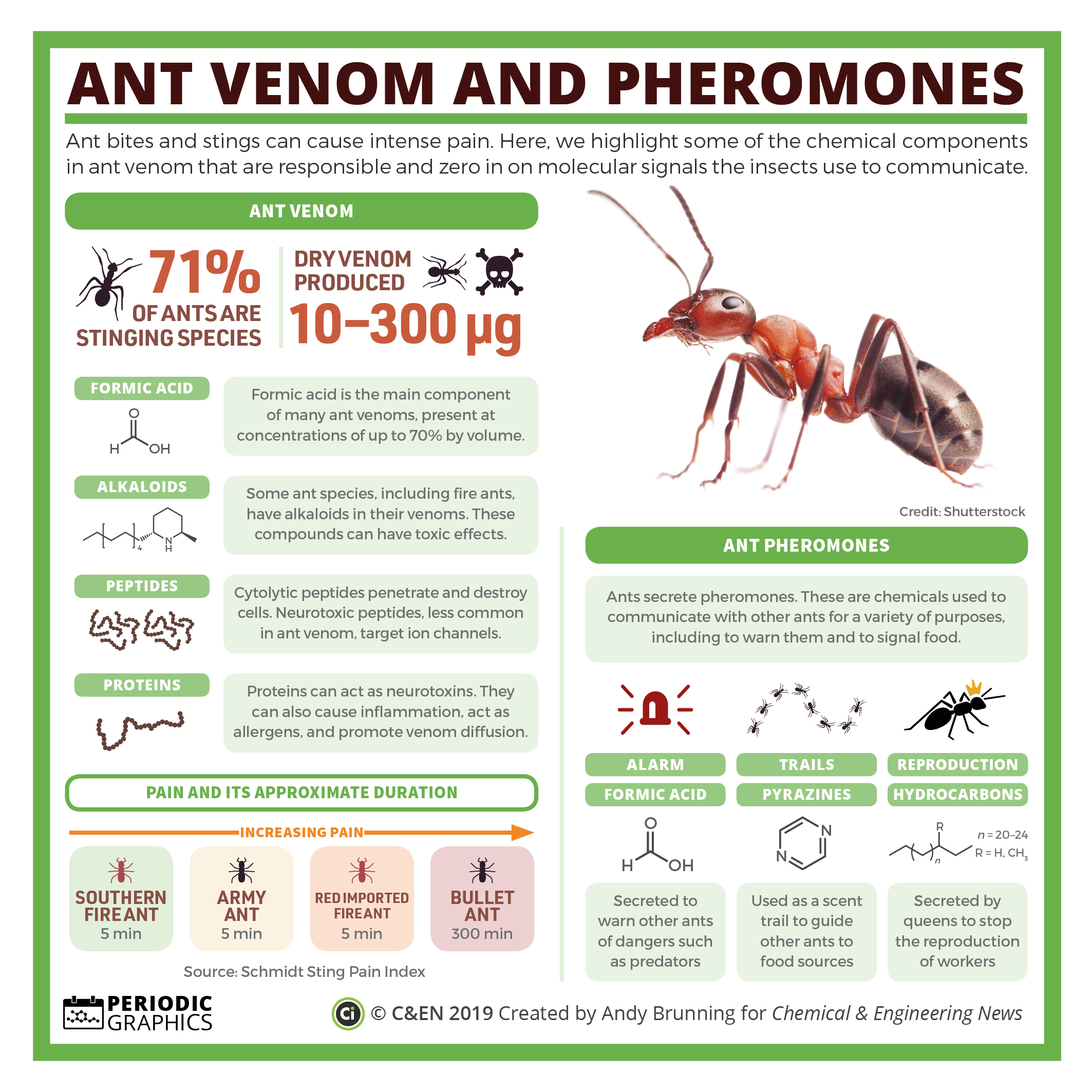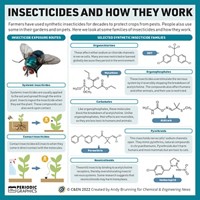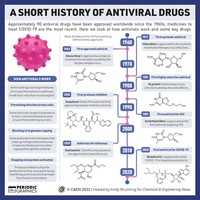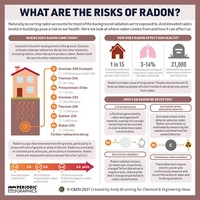Advertisement
Grab your lab coat. Let's get started
Welcome!
Welcome!
Create an account below to get 6 C&EN articles per month, receive newsletters and more - all free.
It seems this is your first time logging in online. Please enter the following information to continue.
As an ACS member you automatically get access to this site. All we need is few more details to create your reading experience.
Not you? Sign in with a different account.
Not you? Sign in with a different account.
ERROR 1
ERROR 1
ERROR 2
ERROR 2
ERROR 2
ERROR 2
ERROR 2
Password and Confirm password must match.
If you have an ACS member number, please enter it here so we can link this account to your membership. (optional)
ERROR 2
ACS values your privacy. By submitting your information, you are gaining access to C&EN and subscribing to our weekly newsletter. We use the information you provide to make your reading experience better, and we will never sell your data to third party members.
Biochemistry
Periodic Graphics
Periodic Graphics: Ant venom and pheromones
Chemical educator and Compound Interest blogger Andy Brunning homes in on the chemicals that help the insects protect themselves and communicate.
by Andy Brunning
September 28, 2019
| A version of this story appeared in
Volume 97, Issue 38


To download a pdf of this article, visit cenm.ag/antvenom.
Take our quiz and test your Ant venom and pheromone knowlege
References used to create this graphic:
The Biochemical Toxin Arsenal from Ant Venoms
Ant Battle Yields Ionic Liquid
Slow-Motion Video Reveals How Ants Deliver Their Painful Venom
A collaboration between C&EN and Andy Brunning, author of the popular graphics blog Compound Interest
To see more of Brunning’s work, go to compoundchem.com. To see all of C&EN’s Periodic Graphics, visit http://cenm.ag/periodicgraphics.
UPDATE
This infographic was updated on Nov. 11, 2019, to clarify formic acid's role in ant venom. It is the predominant component in many ant venoms, not all of them.





Join the conversation
Contact the reporter
Submit a Letter to the Editor for publication
Engage with us on Twitter